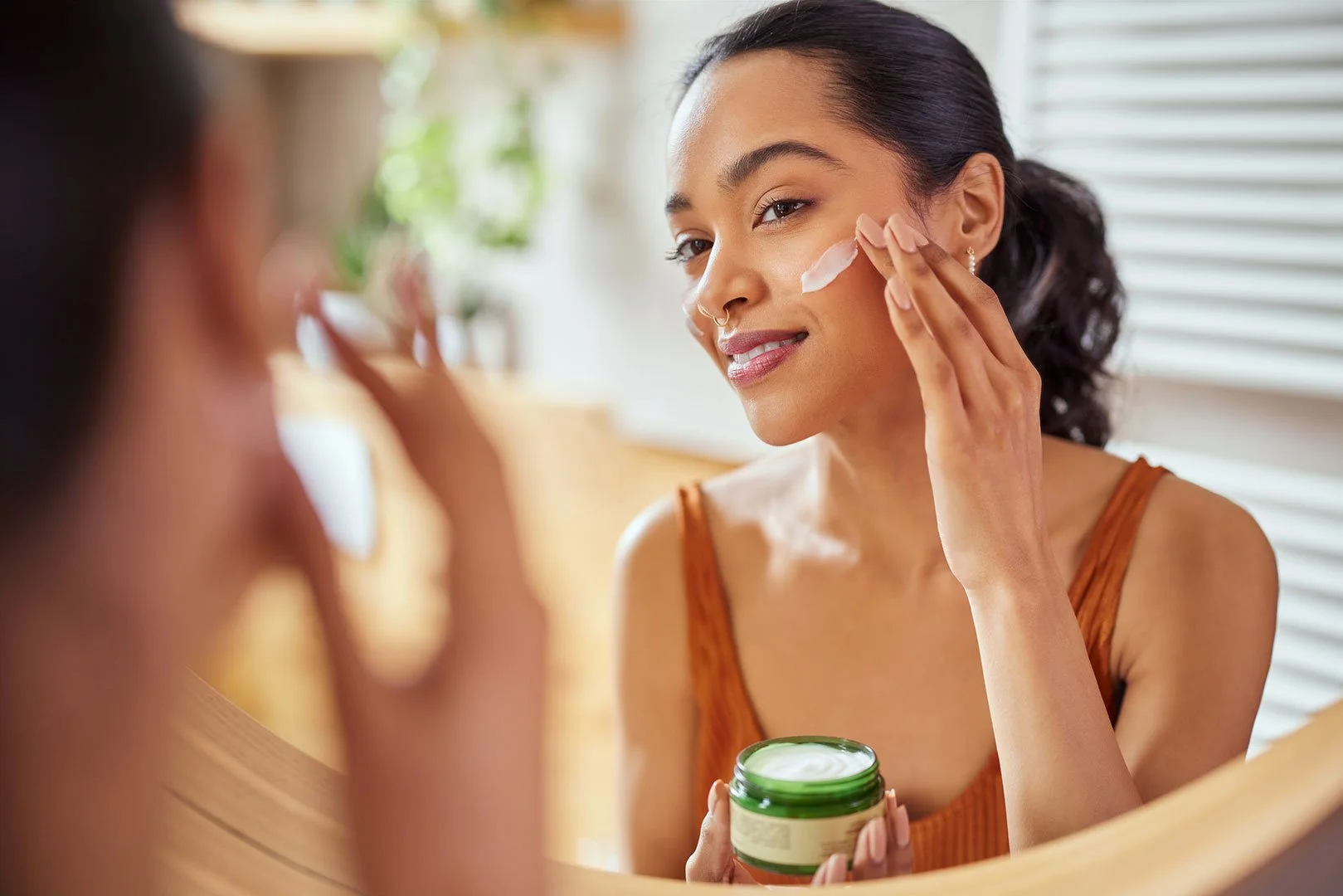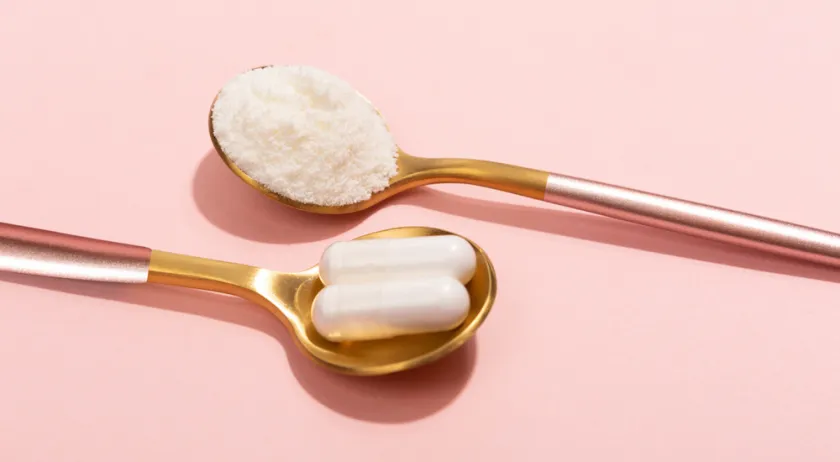Your Guide to Understanding Skin Types and Choosing Products
Ever wonder why that highly-rated moisturizer made your skin breakout—or why a friend’s favorite cleanser left your skin tight and dry? The answer lies in your skin type.

Recent Blogs
- How to Use Mirrors to Enhance Light and Space
- Tech Accessories You Didn’t Know You Needed
- Makeup Minimalism: How to Look Flawless with Less
- Top 10 Budget Laptops of 2025 That Offer Great Performance
- Top Augmented Reality (AR) Gadgets You Should Try in 2025
- Home Gym vs. Commercial Gym: Which Is Right for You?
- Modern vs. Minimalist: Which Home Style Is Right for You?
September 25 02
Introduction
Ever wonder why that highly-rated moisturizer made your skin breakout—or why a friend’s favorite cleanser left your skin tight and dry? The answer lies in your skin type. Knowing your skin type is the foundation of every effective skincare routine. It helps you select products that work with your skin—not against it.
In this guide, you'll learn how to accurately identify your skin type, understand its needs, and choose the right products to keep your skin healthy, balanced, and glowing.
1. Why Skin Type Matters
Every skin type reacts differently to ingredients, textures, and treatments. Using the wrong products can:
- Cause irritation or breakouts
- Leave your skin overly oily or dry
- Make your routine ineffective or even harmful
Understanding your skin type allows you to customize your skincare—saving you money, time, and frustration.
2. The 5 Main Skin Types Explained
1. Normal Skin
- Balanced oil production
- Few breakouts or sensitivity
- Even texture and tone
What to use:
- Gentle cleanser
- Lightweight moisturizer
- Hydrating toner or serum (like hyaluronic acid)
- Daily SPF
You’re lucky! Maintenance is the goal—don’t overdo it.
2. Oily Skin
- Shiny, especially in the T-zone
- Enlarged pores
- Prone to acne and blackheads
What to use:
- Gel or foam cleanser with salicylic acid
- Oil-free moisturizer (yes, you still need one!)
- Niacinamide or clay-based masks to control sebum
- Non-comedogenic sunscreen
Avoid heavy creams, alcohol-based toners, and over-washing.
3. Dry Skin
- Feels tight or flaky
- Dull complexion
- More prone to fine lines and sensitivity
What to use:
- Cream-based cleanser (no foaming)
- Rich moisturizer with ceramides or shea butter
- Hydrating serums (like glycerin or hyaluronic acid)
- Nourishing oils or overnight masks
Avoid harsh exfoliants and hot water that strip natural oils.
4. Combination Skin
- Oily T-zone (forehead, nose, chin)
- Dry or normal cheeks
- Can feel unpredictable
What to use:
- Balancing gel cleanser
- Lightweight moisturizer for overall use
- Mattifying products for oily areas, hydrating ones for dry spots
- Multi-masking to target different zones
Avoid using products designed for one extreme—aim for balance.
5. Sensitive Skin
- Easily irritated, red, or itchy
- Reacts to new products or fragrances
- Often overlaps with dry skin
What to use:
- Fragrance-free, hypoallergenic products
- Calming ingredients like aloe, chamomile, or Centella asiatica
- Barrier-repairing moisturizers with ceramides
- Mineral sunscreen (zinc oxide or titanium dioxide)
Avoid harsh exfoliants, strong actives, and synthetic fragrance.
3. How to Identify Your Skin Type at Home
Method 1: The Bare-Face Test
- Wash your face with a gentle cleanser and pat dry.
- Don’t apply any products.
- After 1 hour, observe:
-
- Tightness = dry
- Shine in T-zone = combination
- All-over shine = oily
- No changes = normal
- Redness/itchiness = sensitive
- Tightness = dry
Method 2: Blotting Sheet Test
- Press blotting paper on different parts of your face.
- Examine oil levels:
-
- Oil on all areas = oily
- Oil in T-zone only = combination
- Minimal or no oil = dry or normal
- Oil on all areas = oily
4. How to Build a Routine Based on Your Skin Type
Step-by-Step Guide:
- Cleanser – Removes dirt, oil, and makeup
- Toner – Balances pH and preps skin
- Serum – Treats concerns like acne, dullness, or aging
- Moisturizer – Locks in hydration and supports skin barrier
- Sunscreen (AM only) – Protects from sun damage
Customize each step based on your skin type and concerns. For example:
- Oily skin might skip heavy serums and stick with niacinamide.
- Dry skin benefits from layering a hydrating toner and serum.
- Sensitive skin should introduce new products slowly—one at a time.
5. How Your Skin Type May Change Over Time
Skin is dynamic. Your type can shift due to:
- Age
- Hormones
- Climate and seasons
- Stress and lifestyle changes
- Medications or skincare treatments
Stay tuned into your skin’s needs and adjust your routine accordingly.
6. Bonus: Ingredients to Look For (And Avoid) by Skin Type
|
Skin Type |
Look For |
Avoid |
|
Normal |
Hyaluronic acid, peptides, SPF |
Harsh exfoliants |
|
Oily |
Salicylic acid, clay, niacinamide |
Heavy oils, alcohol-based toners |
|
Dry |
Ceramides, glycerin, shea butter |
Sulfates, strong retinoids |
|
Combination |
Balanced formulas, multi-masking |
Products targeting only one concern |
|
Sensitive |
Aloe, oat extract, fragrance-free |
Essential oils, synthetic dyes |
Conclusion
Understanding your skin type is the first step toward building a skincare routine that actually works. With the right products and a bit of observation, you can care for your skin in a way that feels effortless, effective, and tailored to you.
Skin changes—and that’s okay. Stay informed, stay consistent, and let your skincare evolve as you do.
Comment:
Your email address will not be published. Required fields are marked *
Our Top Picks
No products found.








